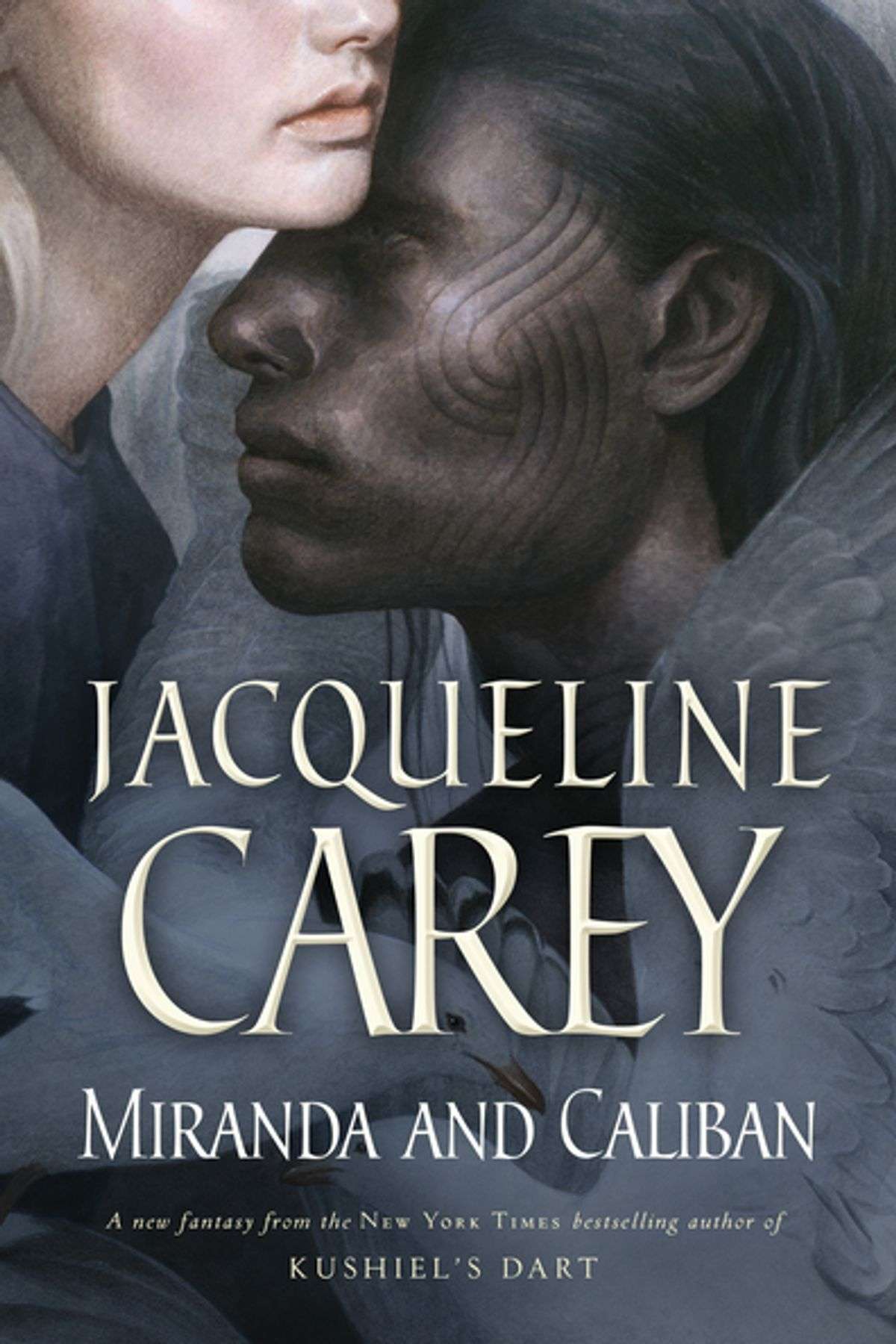Brooklyn, by Colm Toibin

Toibin’s 2009 novel, which won that year’s Costa Award, is a lovely and haunting story set in 1950s Dublin and New York. It tells of Eilis Lacey, born and raised in Enniscorthy, in Ireland’s County Wexford, and her immigration to the United States as a young woman. Her well-meaning sister, Rose, wants a better life for her, and so arranges for her passage, along with employment and a place to live with the help of a local priest, Father Flood, who oversees a Brooklyn parish and its Irish enclave. Eilis, whose nature is retiring and unassertive, goes along with the plan, to please both Rose and their widowed mother, and any hesitance, or uncertainty is put aside for Eilis’ betterment.
We see Eilis’ transition to American life, the heady and bewildering discoveries of life in Brooklyn. Toibin portrays her transition between worlds in his ordered, elegant prose. Here he describes one of her first walks to work:
“She liked the morning air and the quietness of these few leafy streets, streets that had shops only on the corners, streets where people lived, where there were three or four apartments in each house and where she passed women accompanying their children to school as she went to work. As she walked along, however, she knew she was getting close to the real world, which had wider streets and more traffic. Once she arrive at Atlantic Avenue, Brooklyn began to feel like a strange place to her, with so many gaps between buildings and so many derelict buildings. And then suddenly, when she arrived at Fulton Street, there would be so many people crowding to cross the street, and in such dense clusters, that on the first morning she thought a fight had broken out or someone was injured and they had gathered to get a good view.”
Gradually, Eilis acclimates, and Ireland becomes a distant place, its attachments more tenuous. She meets a boy, Tony, who introduces her to his family. Soon after, Eilis receives news that her sister Rose has died, and she returns to Enniscorthy for the funeral. She finds her mother aged and unwell, and feels she must stay on, though she misses the new life she’s made for herself. The novel centers on this tension of place, of a character torn between her old life and a new life’s possibilities, and portrays an immigrant story from a deeply personal viewpoint. Toibin brings a deep importance to the longing for what seem like small things—a street, the look of sky, the sound of voices you know. For Eilis Lacey, those are things that bind her to place.
Toibin has said that the act of writing is that of giving an event language for the first time, an act that requires patience, focus and persistence in order to make clear. The last pages of the novel are satisfying in a way an open-ended conclusion rarely are, due largely to what Liesl Schilling calls Toibin’s ability as an “expert, patient fisherman of submerged emotions.” In Brooklyn, this elevates a seemingly ordinary account to unforgettable.
In 2014, Brooklyn was adapted for film by John Crowley, starring Saoirse Ronan, with a screenplay by Nick Hornby, and filmed on location in Enniscorthy, Ireland, and Brooklyn. The film premiered at the Sundance Festival in January to great praise. Read A.O. Scott’s review of the film, here.
—Lauren Alwan

